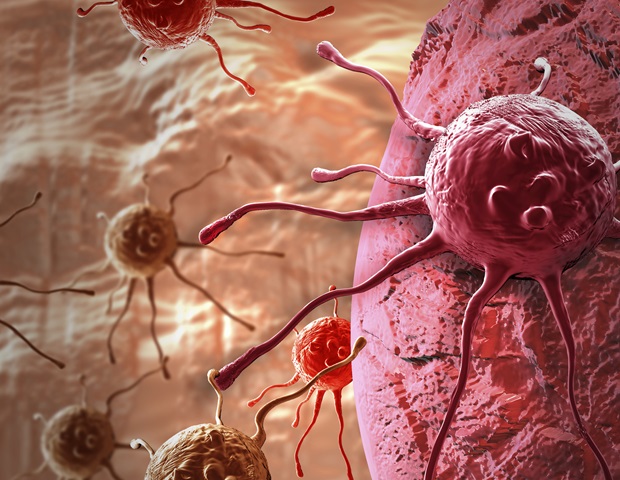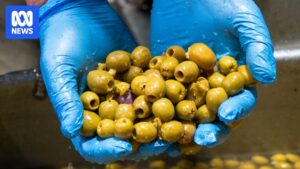
As the global incidence of cancer continues to rise, the complexity of the disease poses significant challenges for medical science in terms of diagnosis and treatment. In this evolving landscape, artificial intelligence (AI) has emerged as a crucial ally, offering innovative solutions for predicting and detecting cancer cases. A groundbreaking AI tool developed by a team of Brazilian and Polish researchers promises to enhance this process significantly.
The newly developed machine learning model can predict the aggressiveness of certain tumors by identifying specific protein markers. This tool generates a “stemness index” ranging from zero to one, where zero indicates low aggressiveness and one signifies high aggressiveness. As the index increases, the cancer is likely to become more aggressive, resistant to drugs, and prone to recurrence.
Understanding the Stemness Index
The concept of stemness relates to how closely tumor cells resemble pluripotent stem cells, which have the potential to transform into almost any cell type in the human body. As cancer progresses, malignant cells diverge from the tissue of origin, exhibiting a self-renewing and undifferentiated phenotype.
Researchers developed this tool by utilizing data sets from the Clinical Proteomic Tumor Analysis Consortium (CPTAC), covering 11 different cancer types. The resulting protein expression-based stemness index, known as PROTsi, was derived from the analysis of over 1,300 samples, including breast, ovarian, lung, kidney, uterine, brain, head and neck, colon, and pancreatic cancers.
Proteomic Data and Potential Therapeutic Targets
By integrating PROTsi with proteomic data from 207 pluripotent stem cells, the research team identified proteins that drive the aggressiveness of certain tumors. These proteins could serve as potential targets for developing new therapies, both general and specific. This advancement not only aids in clinical treatment development but also supports personalized cancer therapy.
“Many of these proteins are already targets of drugs available on the market for cancer patients and other diseases. They can be tested in future studies based on this identification,” explained Professor Tathiane Malta of the Ribeirão Preto Medical School at the University of São Paulo, Brazil.
Scientific Validation and Publication
The study’s findings and validation results have been published in the scientific journal Cell Genomics. Professor Tathiane Malta, along with Professor Maciej Wiznerowicz from Poznan University of Medical Sciences in Poland, co-authored the article. Malta, a recipient of the Young Investigators Grant from FAPESP, has been recognized for her contributions to science, particularly in promoting women’s participation in the field.
In 2018, Malta was the first author of a pivotal article published in Cell, which introduced a stemness index to objectively measure the similarity between tumor samples and pluripotent stem cells. This earlier work laid the foundation for the current study, which now incorporates proteomic data from the CPTAC database.
“Science advances slowly, carefully, and is built by many hands. It’s gratifying to realize that we’re contributing to this process,” said Renan Santos Simões, co-first author of the article.
Global Cancer Trends and Implications
The announcement of this AI tool comes amid alarming global cancer statistics. On World Cancer Day, the World Health Organization highlighted that 40 people worldwide are diagnosed with cancer every minute, underscoring the urgent need for effective treatments.
A recent study published in BMJ Oncology revealed a 79% increase in early-onset cancer incidence among adults under 50 from 1990 to 2019, with a corresponding 28% rise in cancer-related deaths. These figures emphasize the importance of innovative tools like PROTsi in combating the disease.
Performance and Future Applications
During validation, PROTsi demonstrated consistent performance across multiple data sets, effectively distinguishing between stem and differentiated cells. It showed particular promise in predicting outcomes for uterine and head and neck cancers, as well as differentiating higher-grade tumors in adenocarcinoma, uterine, pancreatic, and pediatric brain cancer samples.
“We sought to build a model that can be applied to any cancer, but we found that it works better for some than for others,” noted Professor Malta.
Looking ahead, the research team is testing additional computational models to enhance prediction accuracy. The availability of this data source is expected to spur further research and development in the field.
As the fight against cancer continues, tools like the PROTsi model represent a significant leap forward, offering hope for improved treatments and patient outcomes worldwide.







